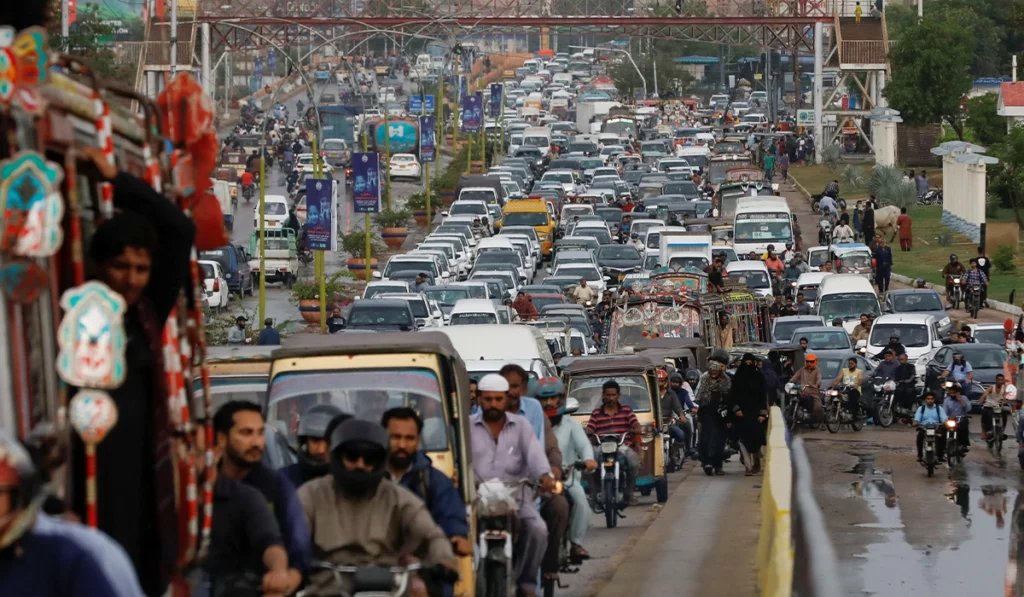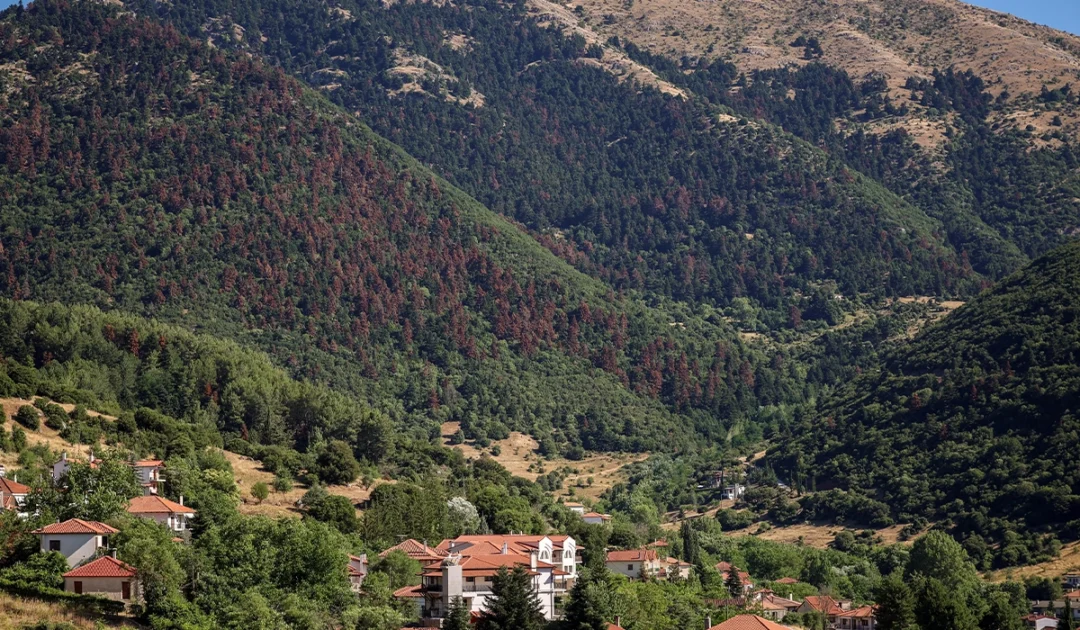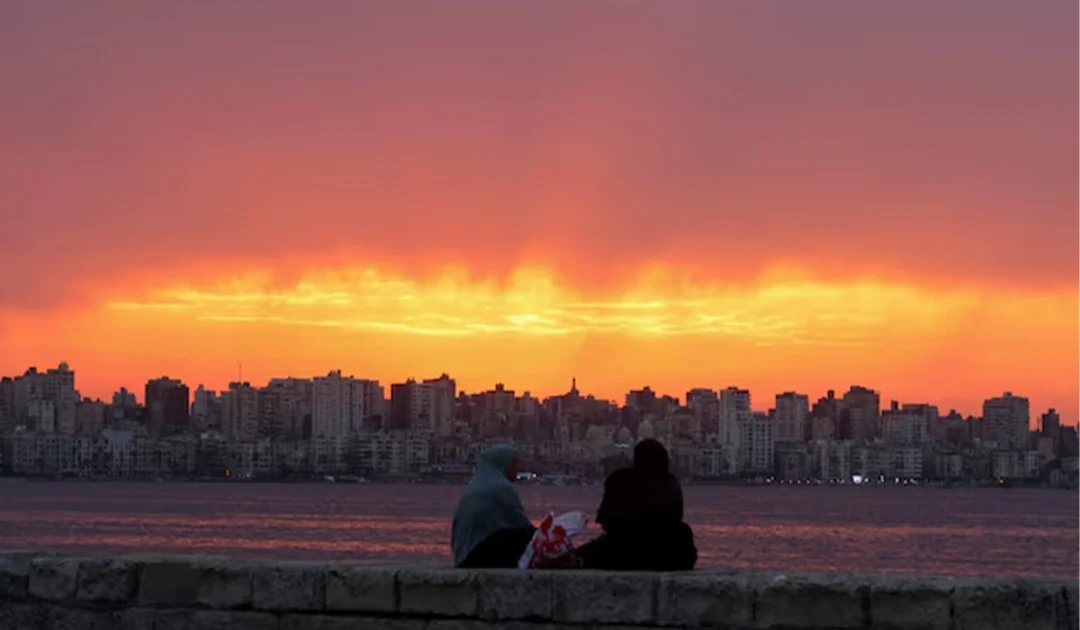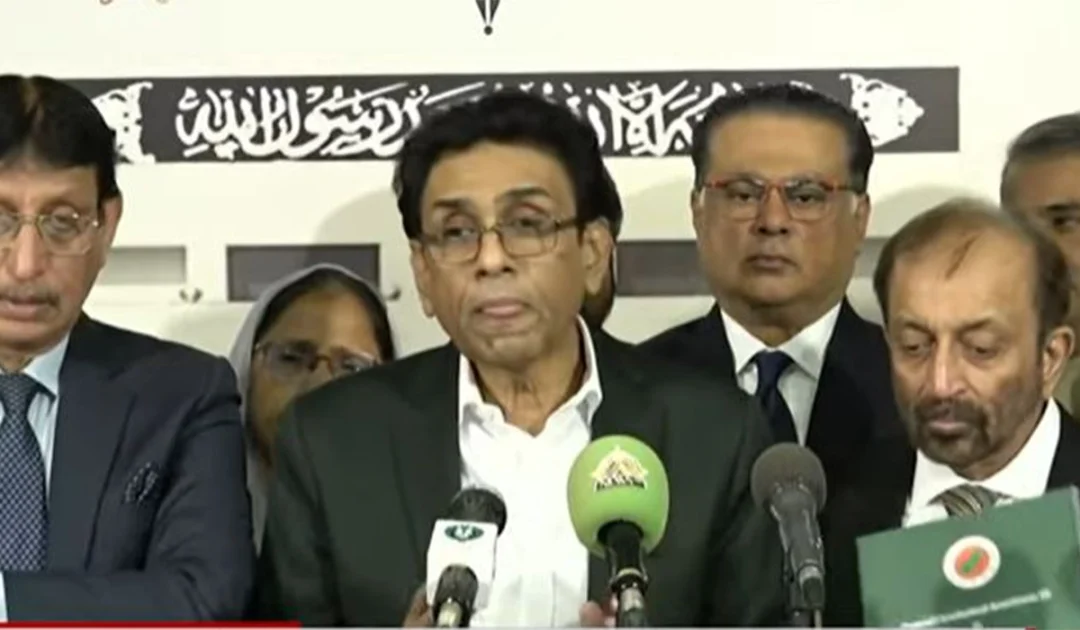- Reuters
- 5 Minutes ago
Forget govt data, WB says Pakistan urban population is 88%
-
- Web Desk
- 1 Hour ago

ISLAMABAD: The World Bank says that the share of urban population in Pakistan 88 per cent, not 39 per cent suggested by government data, undermining the planning and delivery of essential public services and raising serious questions about the classification criteria followed by the policy makers.
It is a working paper “When Does a Village Become a Town? Revisiting Pakistan’s Urbanisation Using Satellite Data” which showed this massive discrepancy.
The paper mentions distorted socioeconomic indicators as a natural result which mask the true extent of urban-rural disparities and complicating the design of effective, evidence-based public policy.
But it has massive political consequences as well. For example, the quota system in Sindh — 60 per cent rural and 40 per cent rural — and the resultant MQM-P stance to empower the local governments.
However, the biggest problem, in the light of these findings, can be the allocation of National Assembly seats to urban and rural areas. The same goes to the provincial legislatures.
Therefore, the social and political discontent in urban centres can also be ruled out because of faulty formula of allocating resources. People in cities obviously get less financial resources than their rightful share.
Coming to the World Bank paper, it describes how the officials figures do not take population density and concentration into account for the entire Pakistan.
The official definition captures only the largest urban centres and fails to recognise the urban character of growing peri-urban areas that now host nearly half the population.
Prior to 1972, the official classification of urban areas was based upon on objective indicators — population count, infrastructure, and public service provision. But later the responsibility shifted to provincial and municipal committees.
It’s a developing story. Details to follow.





